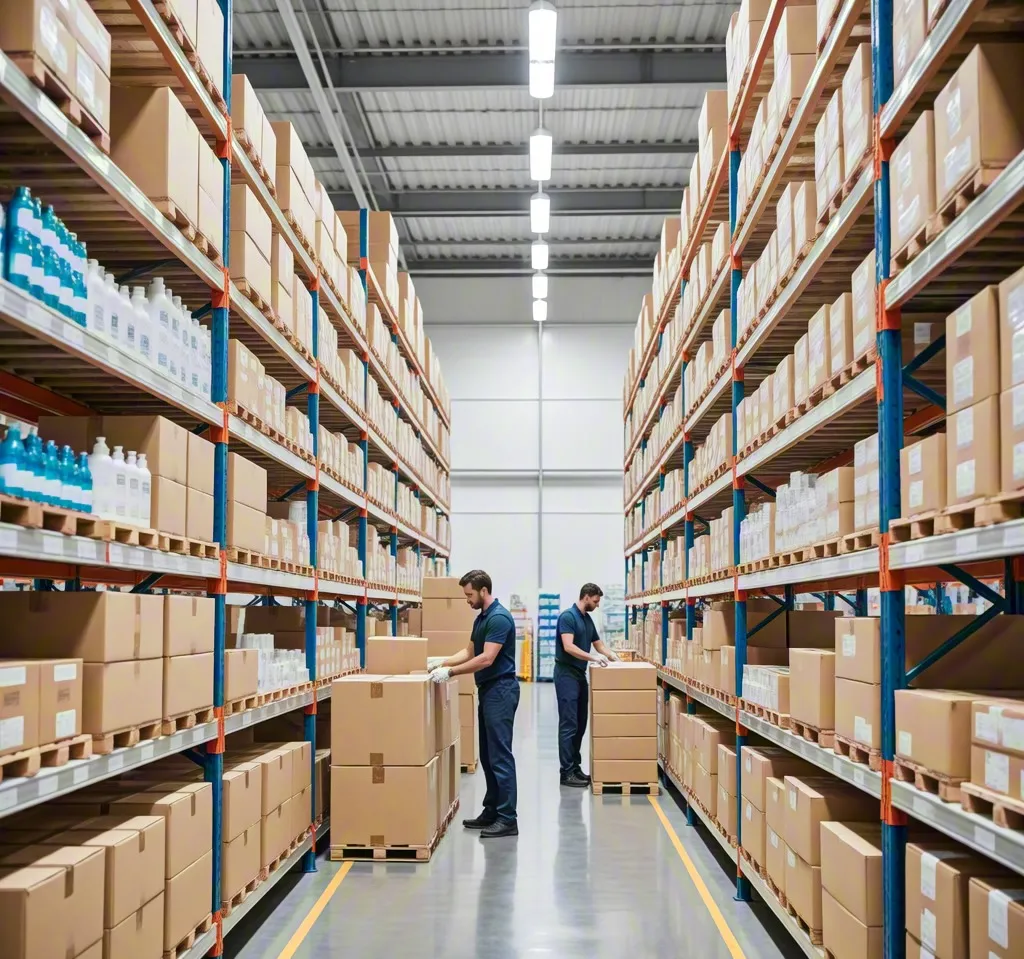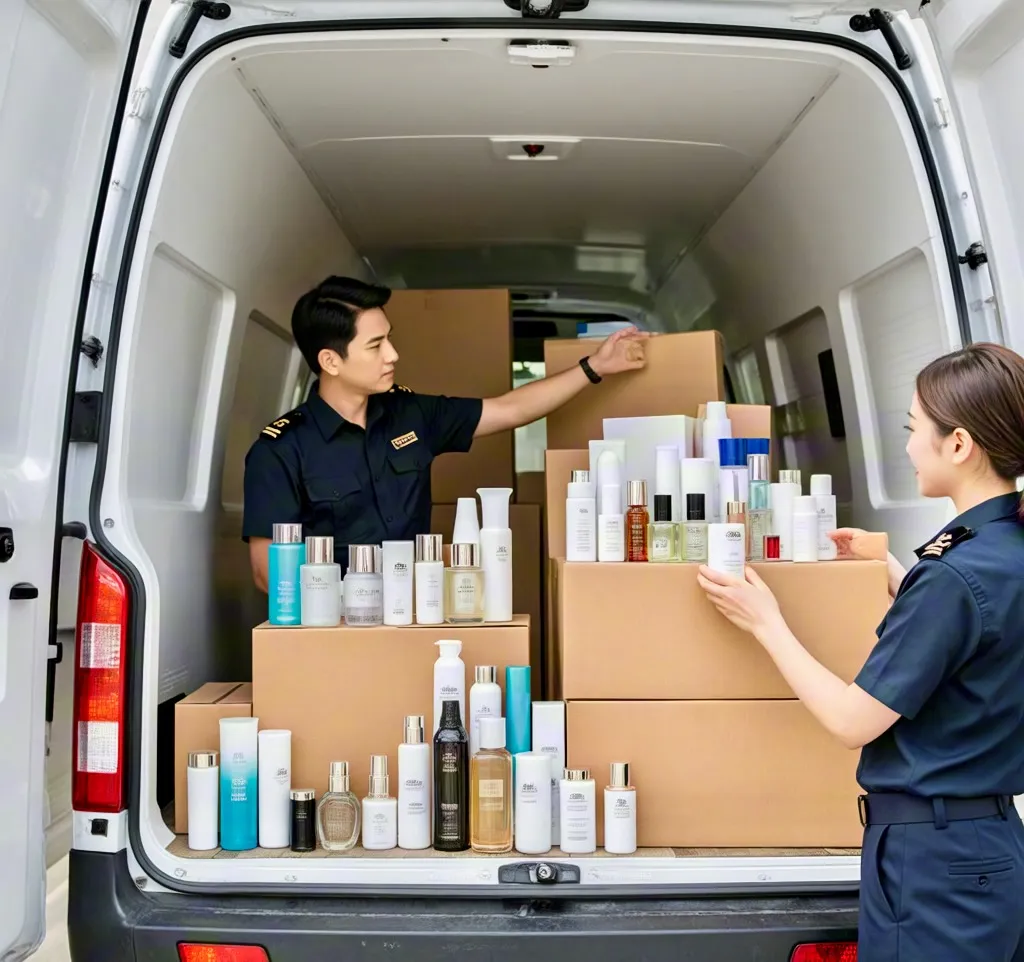General Cargo: Refers to goods that do not have special requirements for transportation, loading/unloading, storage, and other links. For example, ordinary clothing, shoes, bags, and household items all fall under general cargo. This type of cargo is relatively safe during transportation and is less prone to issues.
Cosmetics: cosmetics are typically considered sensitive goods. Sensitive goods are those that may impact transportation safety, customs supervision, and other aspects, such as food, medications, cosmetics, electronics, liquids, powders, etc. These goods require special handling and supervision during transportation.

Then What’s the Difference for shipping them?
1. Transportation Requirements
a:General Cargo: Transportation requirements are relatively low, and they can be transported via various methods such as sea freight, air freight, and land transportation. In terms of packaging, they only need to be packaged according to the standard packaging specifications for general cargo.
b.Cosmetics: Due to the potential presence of liquids, creams, or flammable and explosive components (such as perfumes and certain toners) in cosmetics, their transportation requirements are more stringent. Cosmetics need to be ensured to be sealed to prevent leakage during transportation. Additional protective measures are also required for fragile or glass bottle-packaged cosmetics. Furthermore, certain special types of cosmetics may be prohibited from being consigned or may require special declarations.
2. Customs Clearance Process
a.General Cargo: Customs clearance is relatively straightforward, generally only requiring basic customs clearance documents such as invoices and packing lists to pass through customs smoothly.
b.Cosmetics: Customs clearance is relatively more difficult. Cosmetics may require more documents and certificates, such as inspection and quarantine certificates, licenses, etc. Moreover, different countries have different regulations and restrictions on the import of cosmetics, so the customs clearance process for cosmetics may be more complex.
3. Transportation Costs and Timing
a.General Cargo: Due to lower transportation requirements, the transportation costs for general cargo are usually more economical. At the same time, the transportation timing for general cargo is also relatively stable.
b.Cosmetics: Due to the special handling and supervision required for cosmetics, their transportation costs may be higher. Additionally, the more complex customs clearance process for cosmetics may also lead to extended transportation times.
4. Other Considerations
Cosmetics Consignment: When consigning cosmetics, it is necessary to ensure compliance with airline and customs regulations. For example, there may be restrictions on the single bottle capacity and total volume of liquid and cream-based cosmetics; cosmetics containing flammable and explosive components may be prohibited from being consigned.
Insurance and Declared Value: For high-value or special cosmetics, it is recommended to declare their value or purchase insurance before consignment to reduce transportation risks.
for any more information, pls feel free to contact AMZ SHIPPER at info@amzshipper.com









